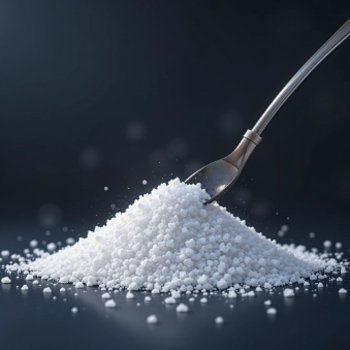 |
Many people think sea salt is a healthier alternative, but both table salt and sea salt contain about 40% sodium. This means switching to sea salt won’t actually reduce your sodium intake.
Excess sodium from regular table salt can cause the body to retain water, leading to fluid buildup in tissues. This water retention may contribute to the appearance of cellulite and can worsen conditions like high blood pressure, rheumatism and arthritis. Furthermore, high salt intake is indeed linked to an increased risk of kidney stones, primarily by promoting the excretion of calcium in the urine, which can lead to the formation of calcium-based kidney stones.
On average, people consume 4,000 to 6,000 mg of sodium chloride daily, which is much higher than recommended. This amount is significantly higher than recommended daily intakes, which are typically around 2,300 mg for the general population according to the American Heart Association.
Reducing salt intake can help lower blood pressure and decrease the risk of heart disease. It’s important to read labels and choose fresh, whole foods to avoid hidden salt.
The Dietary Approaches to Stop Hypertension (DASH) diet, which is often recommended for managing high blood pressure and promoting overall health, includes moderate salt intake.
A healthy alternative to regular table salt is potassium salt (also called potassium chloride), which contains less sodium and can help support healthy blood pressure. Other good options include herb and spice blends, garlic powder, onion powder, lemon juice, and vinegar, which add flavor without added sodium. You can also try Himalayan pink salt or Celtic sea salt, but remember they still contain similar sodium levels- so moderation is key.

